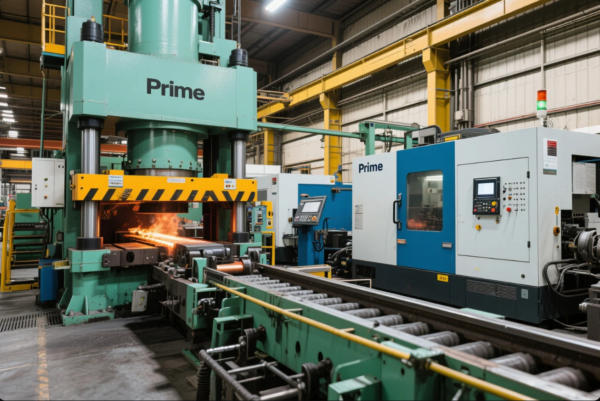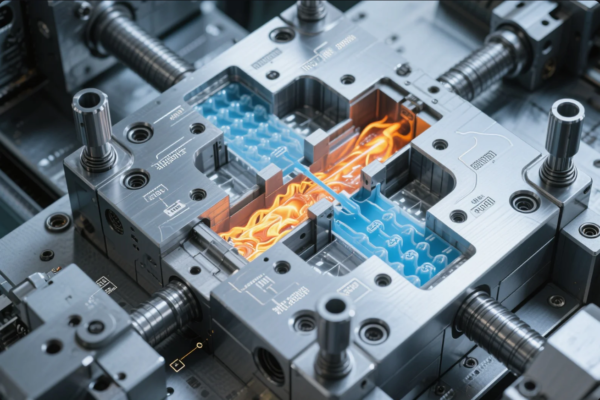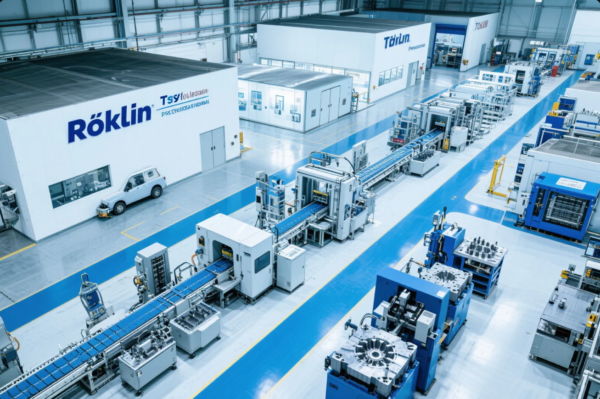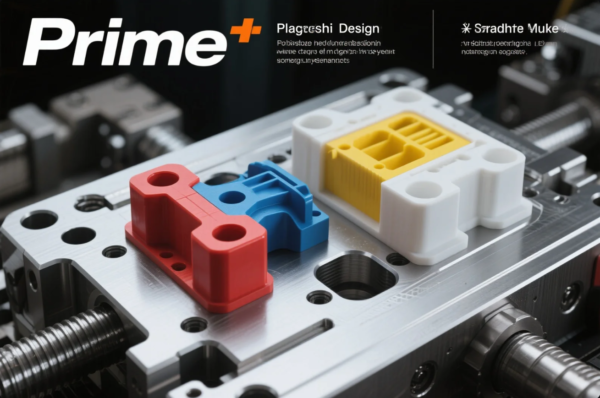Plastic Injection Molding 101: From Raw Pellets to Finished Products

Injection molding converts tiny plastic beads into millions of identical parts with micron-level precision. At Prime, our 23 injection machines produce components for medical, automotive, and consumer industries daily.
Plastic injection molding melts polymer pellets (PP, ABS, PC), injects them into steel/aluminum molds under 20,000+ psi pressure, and ejects finalized parts in 15-90 second cycles—capable of tolerances down to ±0.05mm.
Here's how raw material becomes precision components:
1. How Are Plastic Raw Materials Selected?
Material choice determines a part’s strength, flexibility, and chemical resistance.
**Common scenarios we observe:
- Polypropylene (PP) for food containers (cheap, FDA-approved)
- ABS for automotive dashboards (impact-resistant)
- PC for medical devices (sterilizable at 120°C)**
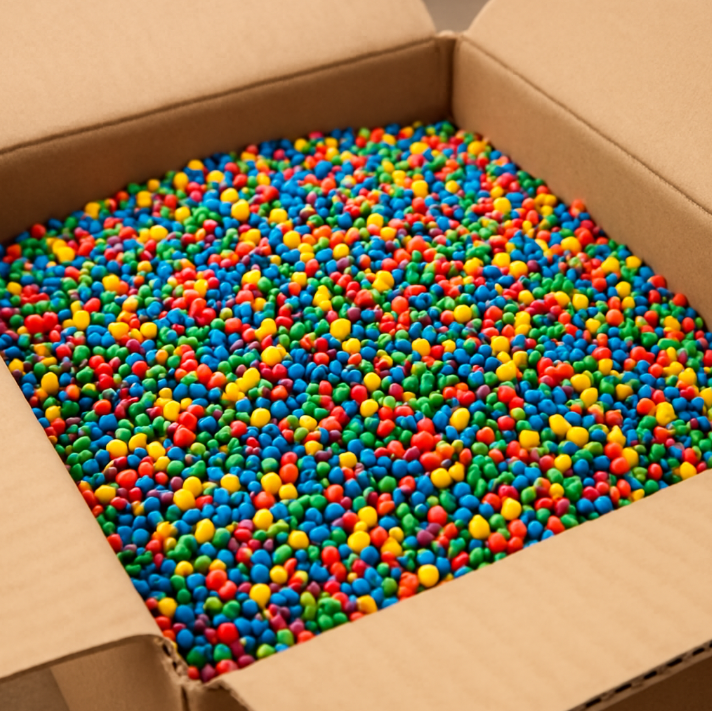
Plastic Material Properties Comparison
| Polymer | Melt Temp | Tensile Strength | Common Uses |
|---|---|---|---|
| PP | 160-170°C | 25-40 MPa | Bottle caps, living hinges |
| ABS | 210-250°C | 40-50 MPa | LEGO bricks, car grilles |
| PC | 280-320°C | 60How Do Molding Machines Work?** |
Clamping, injection, cooling, ejection—these four steps happen in seconds.
**Our 650-ton machine specs:
- 5.6-second cycles for thin-walled parts
- ±0.3°C barrel temperature control
- 3-plate molds for complex geometries
Process variations include gas-assist and overmolding**
Injection Molding Machine Types
| Type | Tonnage | Ideal For |
|---|---|---|
| Hydraulic | 50-6000t | Large parts (car bumpers) |
| Electric | 5-500t | Precision gears (<0.1mm tolerance) |
| Hybrid | 100-3000t | Energy-saving production |
3. Where Are Cooling Systems Critical?
Proper cooling prevents warping—60% of cycle time is cooling.
**Prime’s mold design rules:
- 5-15°C water channels follow part contours
- Beryllium copper inserts in hot spots
- Conformal cooling via 3D printing (cuts cycles by 25%)**
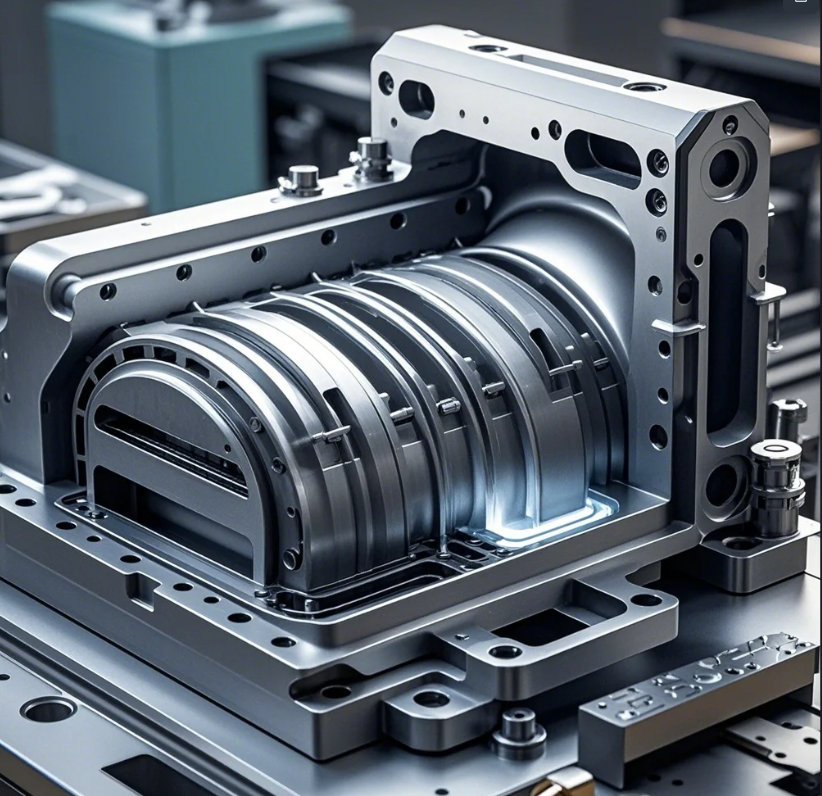
4. What Defects Occur and How to Fix Them?
Even 1°C variation causes flaws.
**Top 3 defects we troubleshoot:
- Sink marks – Increase pack pressure
- Flash – Tighten clamping force
- Short shots – Raise melt temperature
Most issues stem from improper material drying**
Troubleshooting Guide
| Defect | Cause | Solution |
|---|---|---|
| Weld lines | Low melt temp | Increase 10-20°C |
| Jetting | Fast injection | Slow first-stage speed |
| Discoloration | Overheating | Reduce barrel temps |
5. How Are Finished Parts Inspected?
Dimensional checks ensure perfect function.
**Our quality control includes:
- CMM for <0.01mm measurements
- Vision systems for surface defects
- Tensile testers validating strength
ISO 20417 standards apply for medical parts**
Conclusion
From polymer science to machine precision, injection molding transforms pellets into perfected parts. Prime’s 5-second cycle projects serve BMW, Philips, and other global brands with 0.05mm repeatability. Need molded components? We turn plastic into performance.

